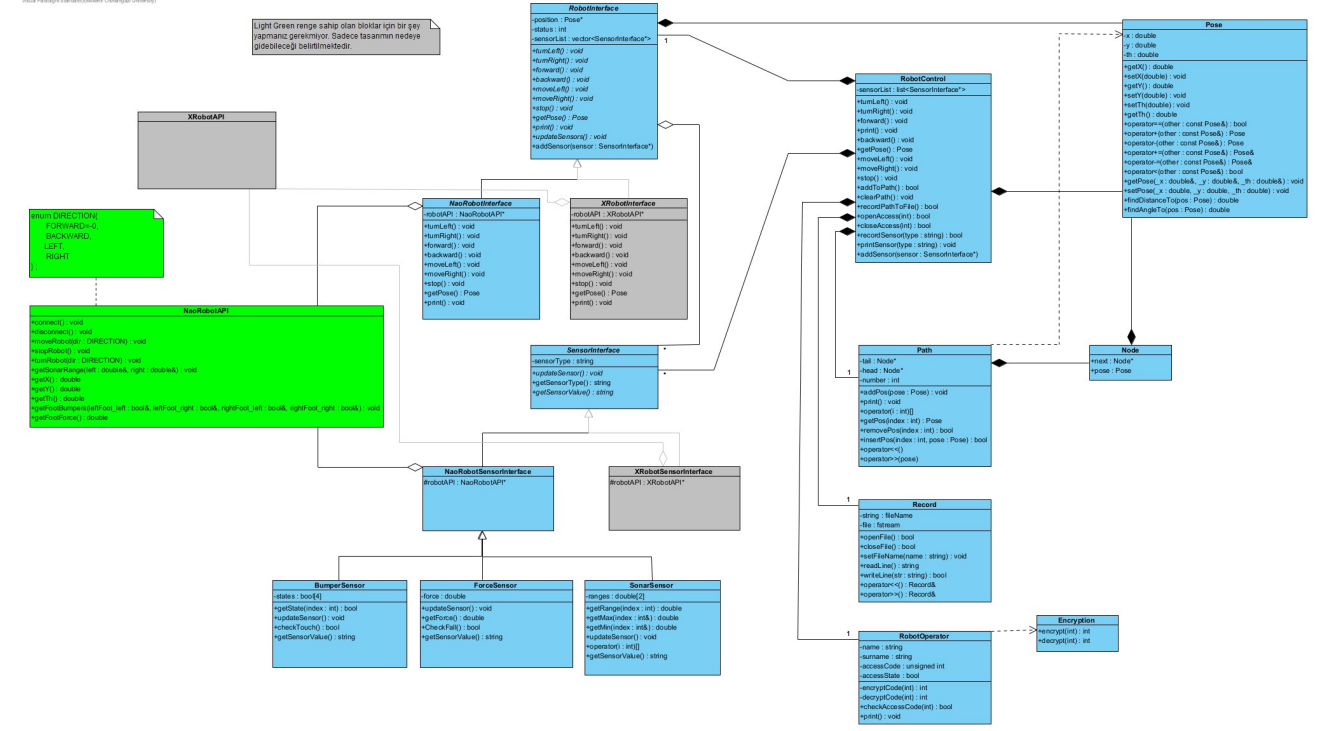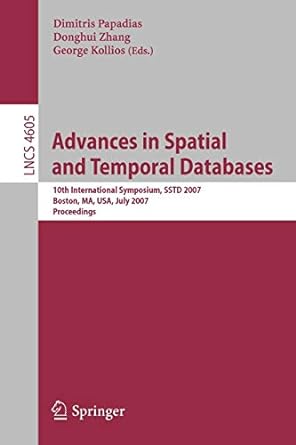Answered step by step
Verified Expert Solution
Question
1 Approved Answer
Looking at the UML diagram and the direction of the arrows in the figure, how can I write the . h code and cpp code
Looking at the UML diagram and the direction of the arrows in the figure, how can I write the h code and cpp code of the Robot Control class? Can you write your codes for me
Looking at the UML diagram and the direction of the arrows in the figure, how can I write the h code and cpp code of the Robot Control class? Can you write your codes for me
RobotControl class will operate robotrelated operations via RobotInterface and SensorInterface. In addition, new functions have been added. These;
The addToPath function adds the position pose of the robot to the path using the Path object
With the clearPath function, the path is cleared. That is all added locations are deleted using the Path object
With the recordPath function, the locations loaded in the Path object are written to the file. using Path and Record objects
openAccess function is used for access. If the correct password is not entered through this function, no function of the RobotControl class will perform any action. All functions will return without action when called. This function
If the correct password is given using all member functions will do what they need to doWe define a boolean variable under the RobotControl class, set it to truefalse depending on whether the password is entered or not, and all functions control this variable.
It can be ensured.
When the correct password is given with the closeAccess function, access will be closed again.
The functions will not perform their operations until it is turned on again.
The recordSensortype: string function will find the sensor of the type given with the type parameter from the sensorList list and save the obtained data to the file by calling the getSensorValue function of that sensor
The printSensortype: string function will find the sensor of the type given with the type parameter from the sensorList list and call the getSensorValue function of that sensor and display the resulting data on the screen.

Step by Step Solution
There are 3 Steps involved in it
Step: 1

Get Instant Access to Expert-Tailored Solutions
See step-by-step solutions with expert insights and AI powered tools for academic success
Step: 2

Step: 3

Ace Your Homework with AI
Get the answers you need in no time with our AI-driven, step-by-step assistance
Get Started


